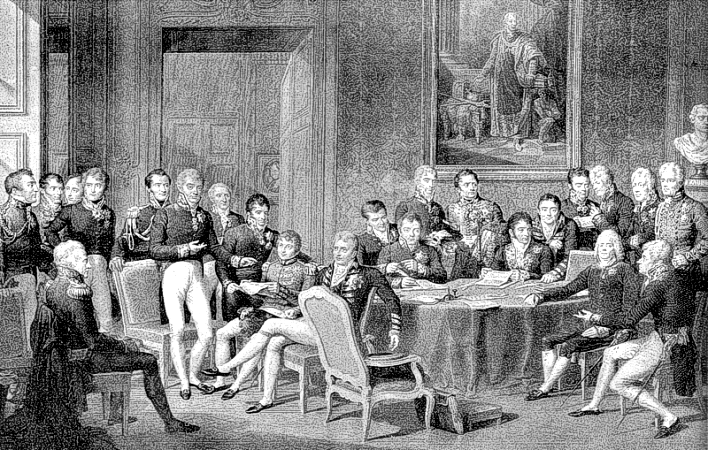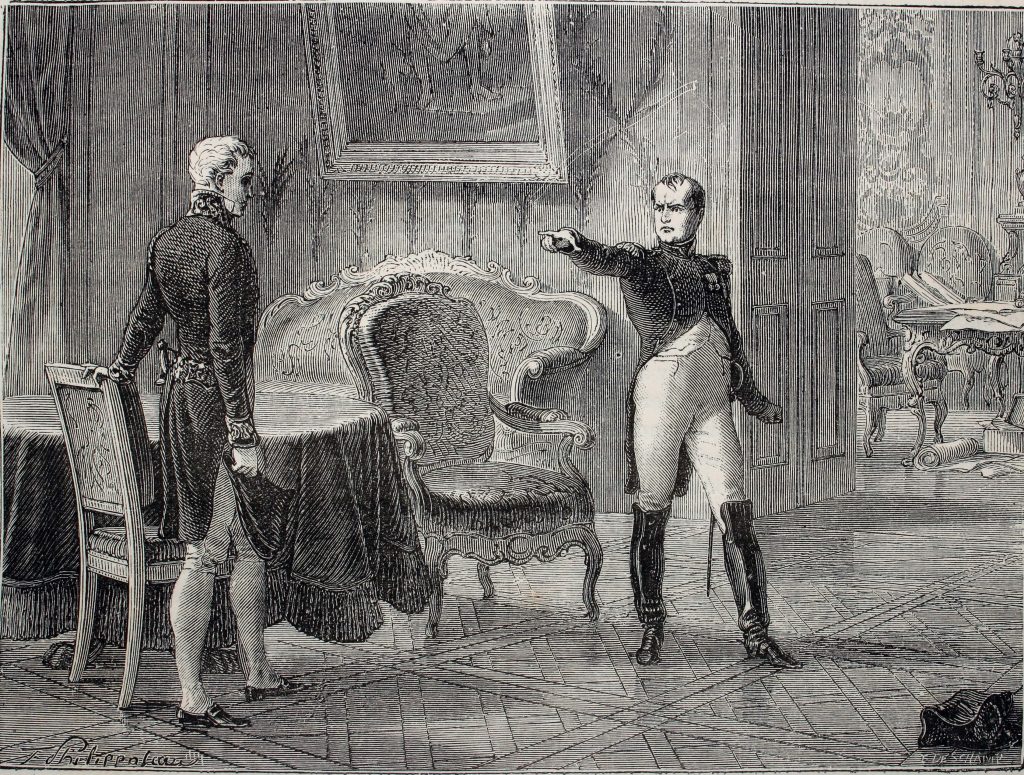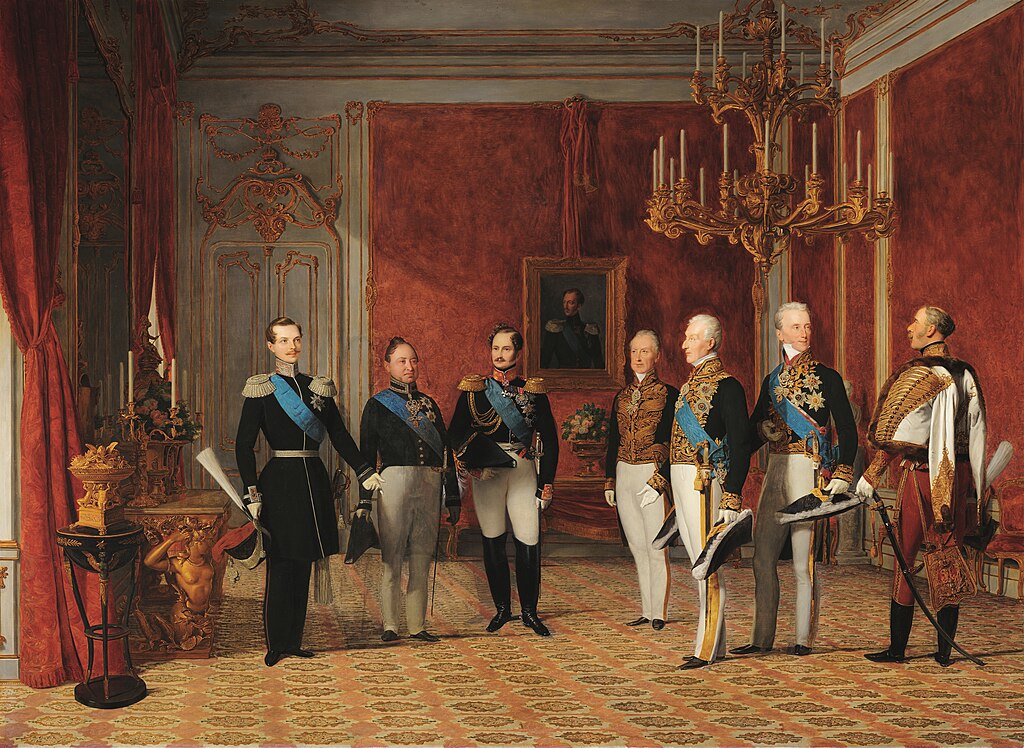
Portrait of Prince Metternich by Thomas Lawrence, 1815
In the first half of the 19th century, diplomacy was a merge of etiquette, intelligence, and subtle influence. Few embodied this art as fully as Prince Metternich, the Austrian statesman whose strategies shaped Europe after the Napoleonic Wars. Often overshadowed in popular memory by the military figures of his time, Prince Metternich remains an intriguing example of how a skilled diplomat could steer the fate of nations without drawing a sword.
Architect of the Congress of Vienna
Prince Metternich’s career spanned decades, culminating in his role as Austria’s Foreign Minister and later Chancellor. He was the chief architect of the Congress of Vienna (1814–1815), where European powers redrew the continent’s map to ensure a balance of power. His approach was conservative yet pragmatic: he championed monarchical stability, resisted revolutionary movements, and relied on careful negotiation to maintain peace.

The Typical Diplomat of Metternich’s Era
The typical diplomat of Prince Metternich’s era shared many of his qualities. Education in classical languages, history, and law was essential, along with an acute understanding of protocol and ceremony. Diplomats were expected to navigate complex alliances, manage intelligence networks, and influence decision-making behind closed doors. Social skills were as vital as formal authority: a private dinner, a well-timed letter, or subtle persuasion could achieve more than an army ever could.

Metternich’s Personal Skills and Legacy
Prince Metternich exemplified this profile perfectly. His calm, analytical mind, coupled with a talent for reading personalities and anticipating political shifts, made him a master of negotiation. Beyond politics, he cultivated culture and the arts, hosting salons that were as much about diplomacy as about refinement. In doing so, he demonstrated that influence in 19th-century Europe often depended on intellect, tact, and relationships rather than brute force.

Why Prince Metternich Still Matters
Today, Prince Metternich may seem a figure of a bygone era, yet his legacy offers insight into the principles of diplomacy still present. Understanding his methods provides both history enthusiasts and modern policymakers a window into an interesting interplay between power, persuasion, and prudence that defined European politics in the first half of the 19th century.
